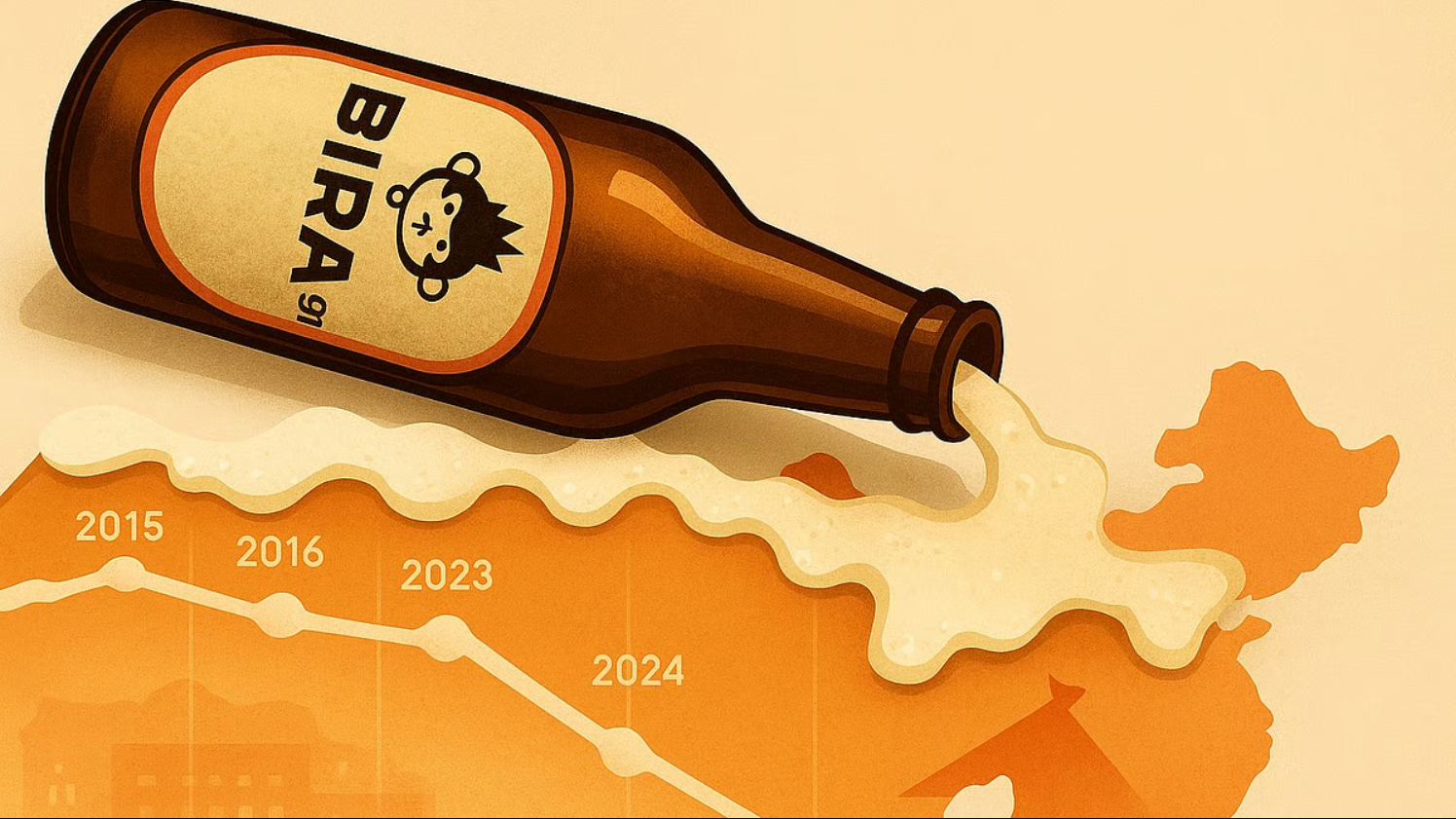Most people believe that the money they are saving today will be enough for their retirement. Unfortunately, they underestimate the silent yet powerful impact of inflation. Over time, inflation erodes the purchasing power of money, meaning that what seems like a substantial amount today will buy much less in the future. If you are earning one lakh rupees per month now, maintaining the same standard of living after thirty years could require more than five lakh seventy five thousand rupees a month, assuming average inflation of six percent.

This is where early and disciplined financial planning becomes crucial. Imagine a thirty year old professional who wants to retire at sixty and continue living the lifestyle they enjoy today. Their expenses now may seem manageable with their current salary, but after retirement, without regular income, those same expenses will feel overwhelming. Even if salary growth keeps pace with rising costs during working years, post retirement the challenge is to have enough investments generating regular income to meet those expenses.
To secure such a future, the target should be to build a large retirement corpus. A practical goal would be around five crore rupees by the time of retirement. If this corpus is invested in a mutual fund generating an average annual return of twelve percent, the individual can withdraw around five lakh eighty thousand rupees each month through a Systematic Withdrawal Plan for at least fifteen years. This withdrawal strategy not only ensures steady income but also allows the invested amount to continue earning returns.
The challenge for most people is building that five crore corpus. This is where a Step-Up Systematic Investment Plan becomes powerful. By starting with a monthly investment of just six thousand two hundred seventy rupees and increasing it by ten percent every year as income grows, one can accumulate this corpus over thirty years, assuming twelve percent compounded annual growth. The beauty of this method lies in the power of compounding and the discipline of gradual increase. What seems like a small beginning grows into a substantial sum over decades.

Inflation cannot be avoided, but it can be beaten with the right investment choices. Equity mutual funds, over long periods, have consistently delivered returns that outpace inflation. They offer flexibility, liquidity, and the potential for higher growth compared to traditional options like fixed deposits or public provident funds. While safe instruments such as PPF and the National Pension System have their place, especially for stability and tax benefits, they often struggle to match the growth rates necessary to maintain purchasing power over decades.
Ignoring inflation in retirement planning is one of the costliest mistakes an investor can make. A corpus that looks large today may shrink rapidly in value when expenses rise every year. Factoring inflation into your calculations ensures that you are not just preparing for the present but safeguarding the lifestyle you want in the future.
The lesson is clear. Start investing as early as possible, increase your contributions regularly, choose assets that can outpace inflation, and stick to your plan regardless of short-term market movements. Retirement comfort is not about luck, it is about discipline, patience, and informed decisions made over a lifetime.
For more smart investing strategies, retirement planning insights, and financial growth tips, follow You Finance on Instagram and Facebook.















